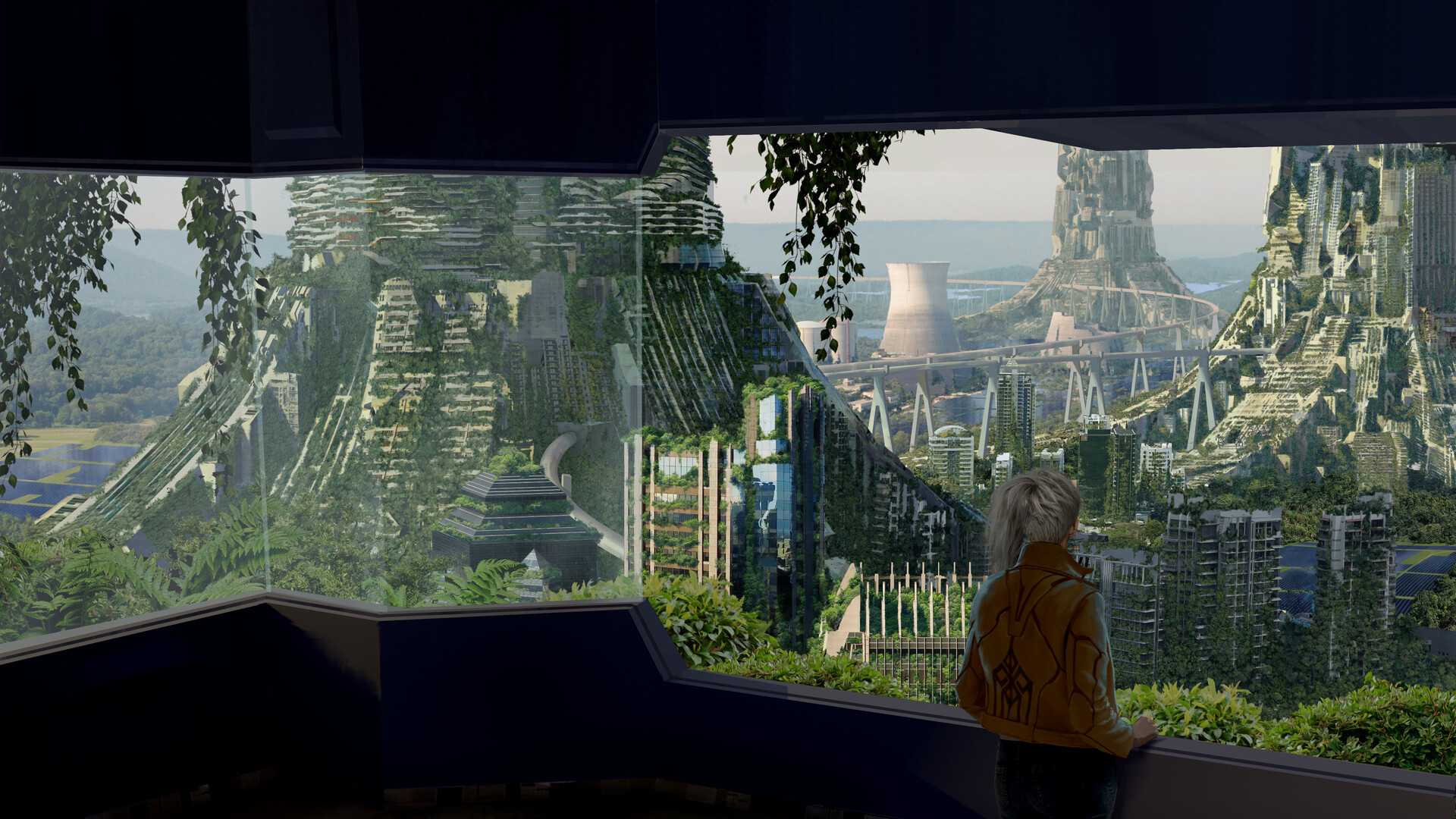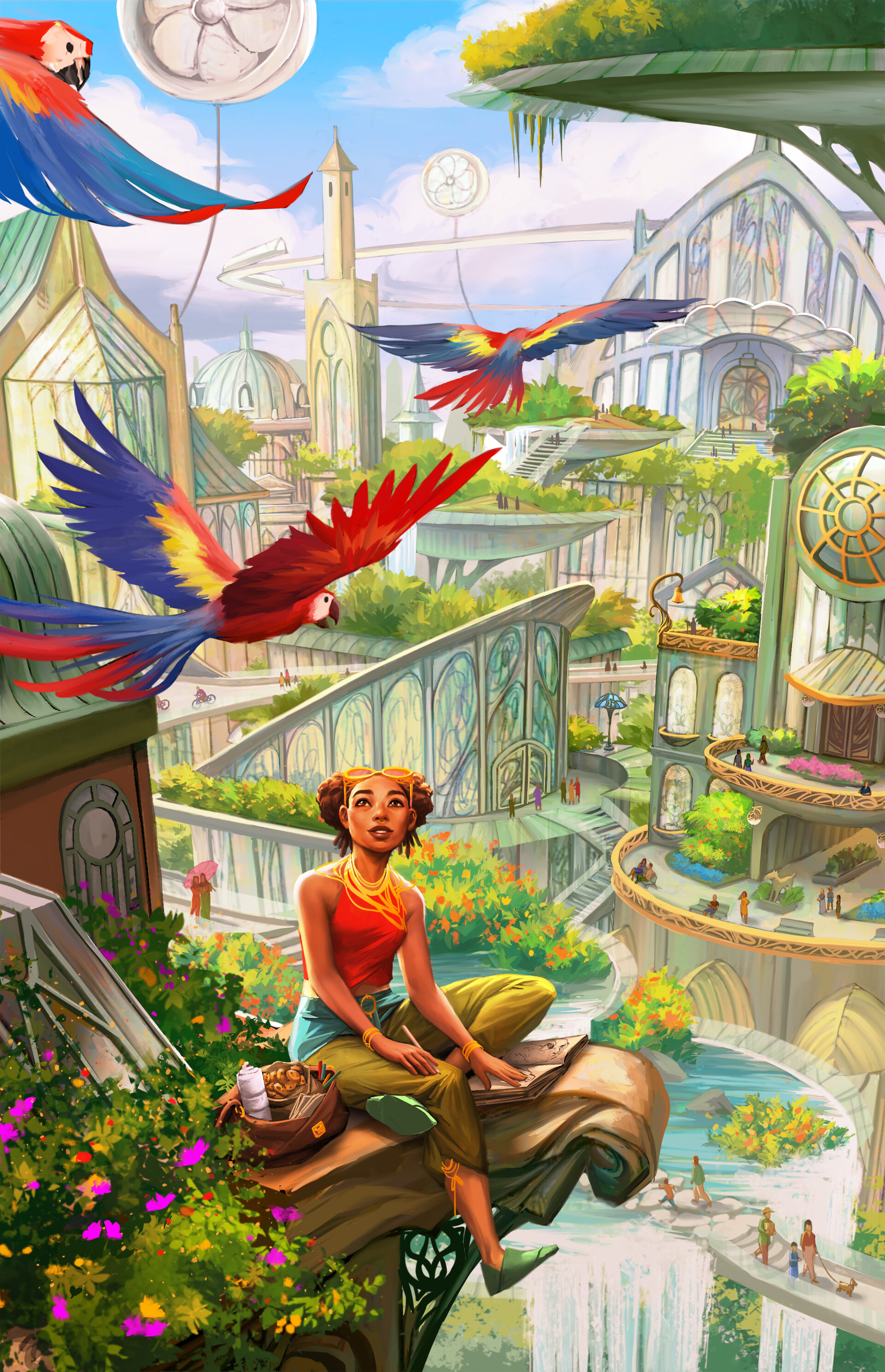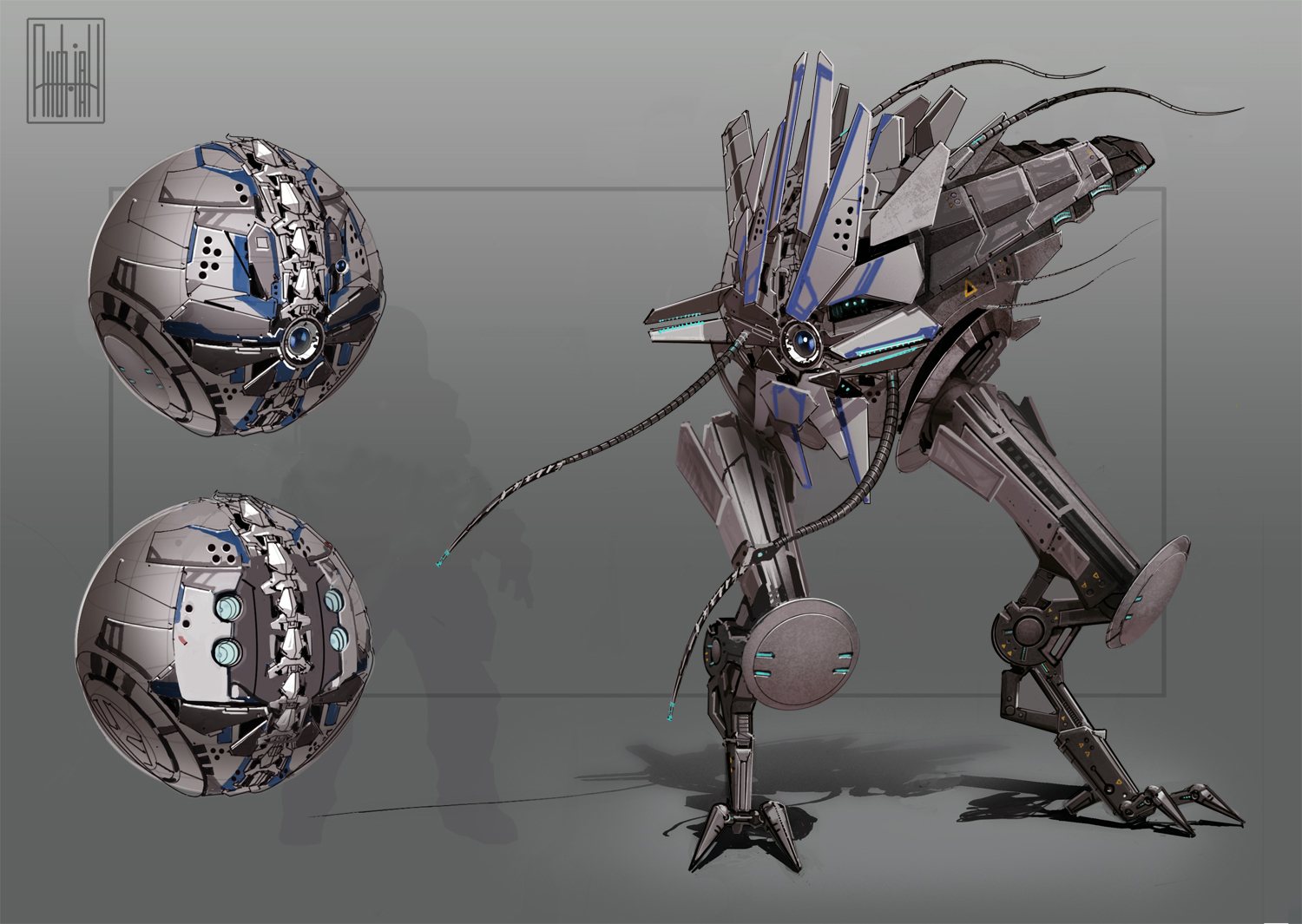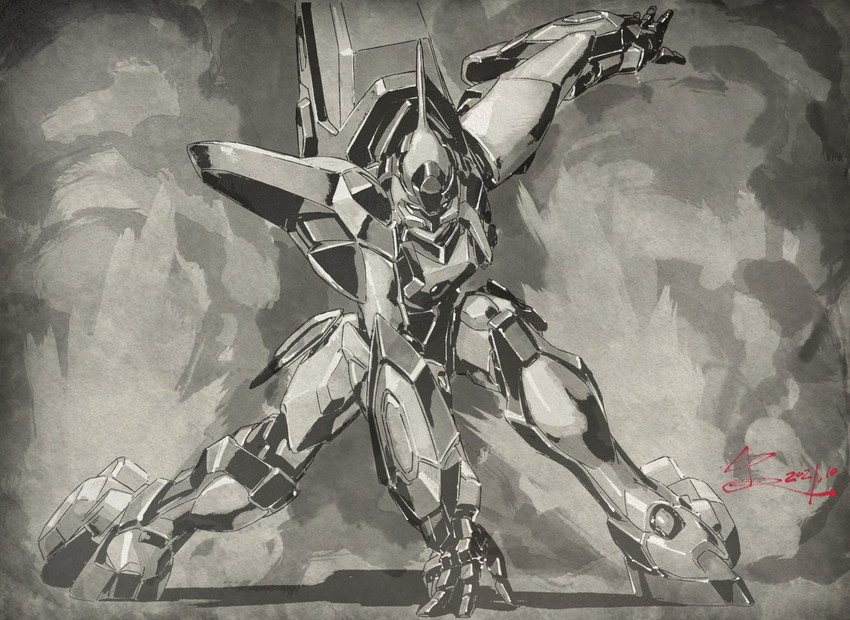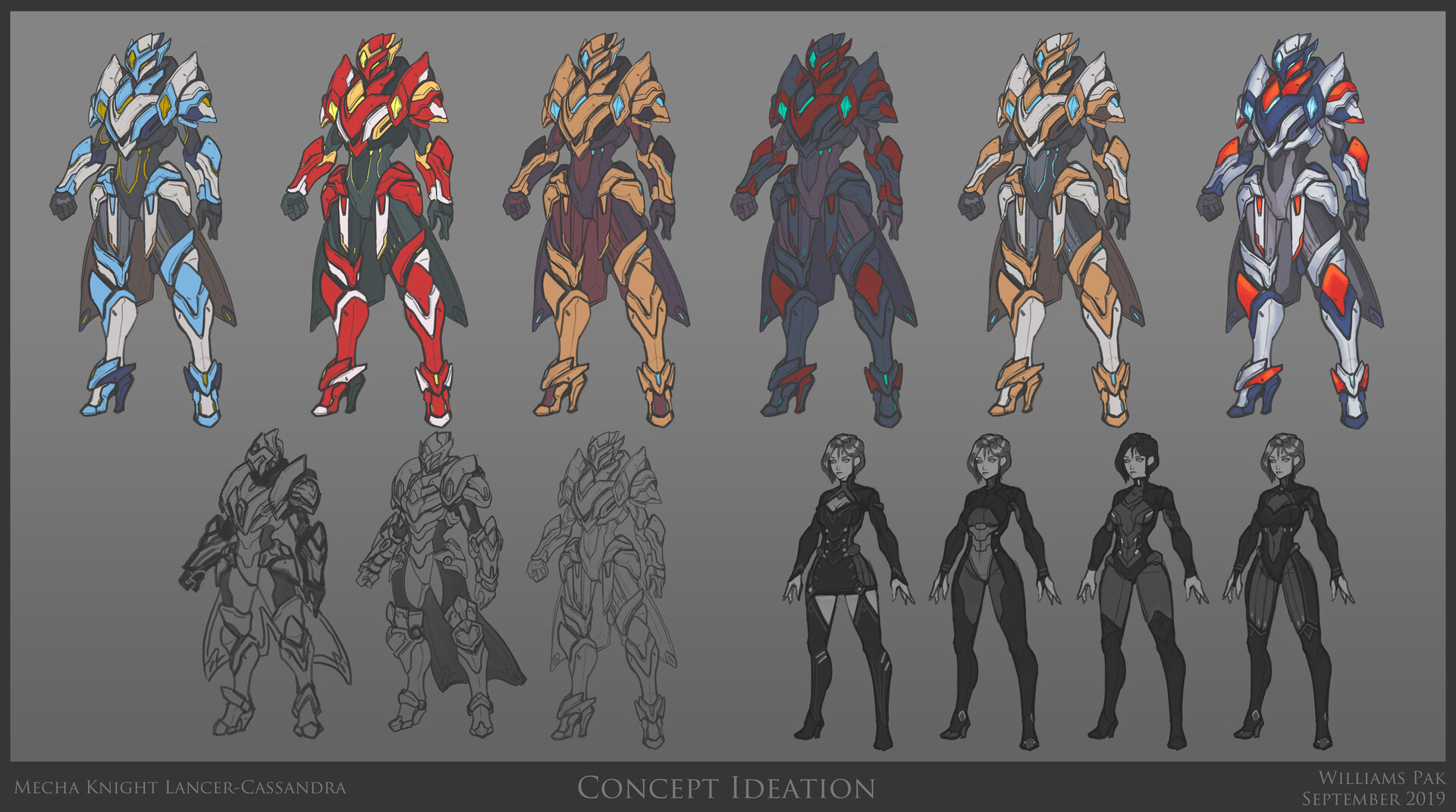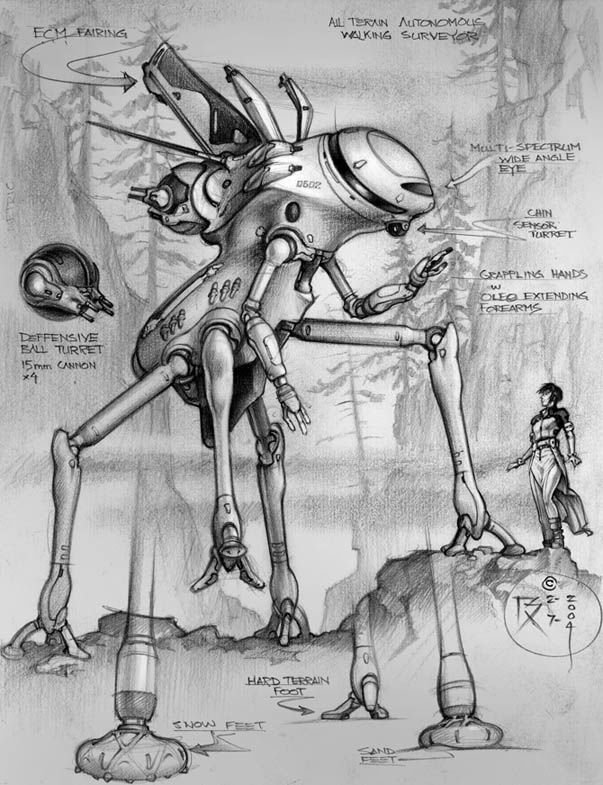Memories and Mold
Trying to forget
An interlude
Alexander walks through the meandering, close-knit streets of Acerbus' capital, a veritable ghost, dressed in a dark robe and a polished bone-and-shell mask that makes him featureless. He tries to avoid the groups of other pedestrians, keeping himself close to the walls of the high, heavy stone buildings that tower up on either side of the path. He strains his neck to look at the sky, dark yellow in the glory of an evening that never ends, searching for something. His astronomy fails him; he can't quite locate it. He sighs and reminds himself that this is not a place for star-gazing. The City of Walking Earth is a place for getting lost.
Before he gets lost himself, he stops at a familiar corner and waits.
"Hey," says a voice behind him at last.
"Seraphine," says Alexander, looking stubbornly back up at the sky rather than turning around.
"We're not close enough to Night to see the Gateway," Seraphine says, correctly.
Alexander points up at a narrow patch of sky, choked between two competing circulus towers.
"Do you think that's it?" he asks. "It kind of looks like there's a light there. See it?"
Seraphine never wears a mask or a veil if she can help it, and has the splotches on her face to show for it. He can see her squint at the yellow with impatience. "No," she answers, "I think you just pointed at a random spot."
"Yeah," lies Alexander, who had really convinced himself there was a light.
They walk together under a shared umbrella, even though both of them are wearing waterproofed clothes and the rain is light this hour. All the oversized drains dug into the cobblestone, made by city-planners who were thinking of the kind of abusive downpours and flash floods that can wash a child away, swallow it up easily. It seems to become later in the day as they approach Ombra Town, a squat little neighborhood that lives in a false night created by the shadows that cast down from larger buildings. It was purely residential until the asteroid rush shook everything up, and now it is halfway transformed into a mess of local, struggling business run out of badly renovated houses. The owners sell out of their dining rooms and sleep in rooms full of stock.
"You're from here?" Seraphine asks, in the same tone she would use to ask if he was sick.
"I'm from what this place was," says Alexander. "Remember, you came by a few times and saw me. The little blue house."
"Is she still around?"
"Only as an ancestor. I spoke to her digitized spirit today."
They are descending into Ombra, the cobblestones are becoming rough and weary under their boots.
"Any luck?"
"None, cousin," answers Alexander. "She's still the same. Dying didn't make her kinder."
"I'm sorry. We would've taken you into our circulus, but-" says Seraphine, and Alexander interrupts:
"It's okay. Mother made sure I was alright here." He is lying again.
"I'm a seer," she offers, awkwardly shifting the heavy bag at her shoulder. "I could try to reach her soul for you, on the other side of the veil, if her spirit is still unchanged on this side."
"No." He says it flatly.
It looks to be very late in the evening as they walk into the shade of dirty buildings. From somewhere, a waft of incense. The grandest lights here are spotlights drilled into the cobblestone by low-class entrepreneurs, pointed at their signage. Ada's Nursery and Giftshop or Golden Fleece Allocated Here - Certified Diako! But most of the buildings are still homes, and most of them are in bad shape.
"It'd be so weird not to have a circulus," says Seraphine, without thinking.
"This is where we live when we don't," says Alexander.
"They can't afford anything better?"
"When was the last time you could buy anything good without your family treasury backing it up?"
Never ever is the answer, but she doesn't confess it.
The have arrived at their destination. A dilapidation among dilapidations, a crumbling home that smells like Acerbian Mold even from the outside. It chokes the air. There is no wood to rot in the rain on Acerbus, but a creeping, sticky, wet purple moss has filled up every crack in the home's dark bricks and shattered stones and crumbling bone and grotesque shell. The windows are broken in and shattered glass reflects the little light there is. Within, it is completely dark; it is midnight. It's a little blue house.
"You have everything with you?" asks Alexander, looking for the first time directly at the bag Seraphine carried.
"Yes," she says. "I can cleanse this place. You'll feel better after, cousin. You'll forget."
"I'll do it myself," he says. "I looked up how."
Her eyebrows are two marks of disbelief. "You're not allowed. I mean, legally, you can't. You're not a seer."
"And I'm not in your circulus, either," Alexander says.
"You don't need to be in my circulus for me to cleanse a house for you..."
Through the holes of his featureless mask, he stares at her.
"Oh," says Seraphine. "Oh." She frowns but she doesn't argue. The bag is passed into Alexander's hands. Inside: sage, a mirror, a statue of Christ the Healer to leave behind. Each of them tools to kill the memory.
Seraphine stands outside as Alexander goes into the house alone. He told her she could go, he'd give the stuff back to her when he comes by in a few days, but she's waiting for him until he's finished. Standing in the Ombra Town street by herself, now she can feel the stinging pollen on her face, and the dampness that works its way into your clothes no matter what you wear, and how uneven and awkward the stones are beneath her feet. All things you never seem to notice when you're in company.
) ---(**) || (**)--- (
The Acerbian dome is a strange place.
Acerbians touched down on Mars at the recommendation of Hallowed Oscaro, fidel and first Acerbian diplomat through the Gateway. And then he watched. While ships crashed at the Moon and Ceres was colonized and Earth was harassed, the people of Acerbus had taken it in silently, observing without speaking. A raider up in the trees or a submarine under the ocean- take your pick of metaphor.
But Acerbian warriors and clergy alike know that patience becomes foolishness when practiced for too long. When the message broadcasted from the newly-founded "Meeting Place," Hallowed Oscaro was able to persuade the Temple Gathering (they were in regular, if time-delayed contact) to approve his plan. If he'd been under a particular domain, he might have been able to talk his executor or revelator into action much sooner; but to Oscaro's constant frustration, he was under the clergy-bureaucracy of the Temple itself, and that meant slow, ponderous decisions. A domain, an isle, could act rashly, send its ships to raid or trade. The Temple Gathering acted slowly. A wise man cautiously considering his ways or a confused old priest- take your pick of metaphor.
The Acerbian transports landed drunkenly in the low gravity. Awkward, never equipped for a terrestrial world other than Acerbus or its moons. The necessary thruster output of the first transport proved to be just a little underestimated, and touchdown was rough. Clouds of cold red dust and the swearing of engineers signaled their arrival.
They were shocked to see the appearance of their hosts, but less so than one might have expected. Few of them knew what a monkey looked like. The moonsuited Acerbian warriors who helped bring in equipment, assisted somewhat by automation, readily assumed the apes they saw were mutated humans, not unlike like themselves. "Some have fur and some have fins, eh?" was the comment one former raider, a Marinus, made to a passing ape. Only Oscaro and a very small handful of others had really began to guess at what the Khanate's message had meant by "apes and humans alike." Only the most educated knew what apes were, after all. But they would cross that bridge when they got to it.
For now, the Acerbians have established themselves in one of the domes of the Meeting Place. Though it is an environment nothing like their homeworld, they have brought home along with them. Aquatic lifeforms native to Acerbus, so often shelled and tentacled, and disturbingly intelligent for animals, live in tall tanks which decorate the walls. The lighting is behind them, so it distorts through the water and washes out the dome in an "underwater" atmosphere. A deep and fairly large meditation pool, hastily constructed, sits proudly in the center area of the dome, open to foreigners. Acerbus may well take credit for the first public pool on Mars. Their gray and orange banner has been moved into the central dome, placed just to the right of the Khanate's.
A soft colonization of the prayer rooms has already been attempted. There is, of course, just one alcove which has clearly been claimed for Revelationism: three small statues of the Mothers are shoved awkwardly into the place and tapestry has been hung with images of the Brothers. But they have also stationed a missionary to remain there and interact with those of other faiths entering or leaving the rooms, and especially to seek out those who look to be in an emotionally distressed state. With hope, they may be brought into the Unflinching Starlight- and made to see.
) ---(**) || (**)--- (
Information flying through the void. A message sent between two worlds which have never spoken. Technology to make five centuries of separation a gap crossed in a few electronic pings. Beatrice will never cease to be amazed by these things.
She stands in a smoothly metallic but furnished room aboard the transport vessel, a little alcove where a foreign transmission they have just received was routed to. The code-speakers asked her where she wanted them to send "the message," and she chose this place. The quietest spot on the ship. Two other missionaries are crammed in with her, eyes all staring expectantly at the place where they were told the hologram would be projected. It's a little iron dais, a foot in diameter, decorated with carvings of phantasms and trickster gods. They've all seen devices like that before. Certainly, none of them have seen a foreigner.
It takes a moment for the signal to come through. Over comms in her earpieces, she hears code-speakers chatter about making it "talk" to their technology, though Beatrice does not know what they mean. Seconds pass. A minute passes. Tension. And then, slowly-
A flicker of light above the dais is joined by more flickers of light, seeming to move, twist and intertwine with one another, gaining color and form as they mingle until they have created...
"Greetings travelers," says the hologram, which is now of a winged woman. "I am the Angel Miriam, Guide and Protector of the Chosen, speaker for Deacon To'plir. Should you be God-Chosen, you are welcome however, be warned. This system has been cleansed of all Demons before, and we will not hesitate to do so again."
"Angel?" exclaims Beatrice. Her mouth hangs open- until she remembers that the angelic figure represented in the hologram should also be able to see her, wherever it is at, and her composure returns to her. She takes a moment to process the mythology dancing in lights on the dais. "We... are surely god-chosen, as you say, 'Angel Miriam.' Chosen by all the gods. By Woden, by Zeus, by Vishnu, by the Mothers and Brothers. By the wind of all the spirits good and bad, by angels and demons, we have come. So always does one who has Revelation and walks with a foot in the world of spirit. But what are you?"














